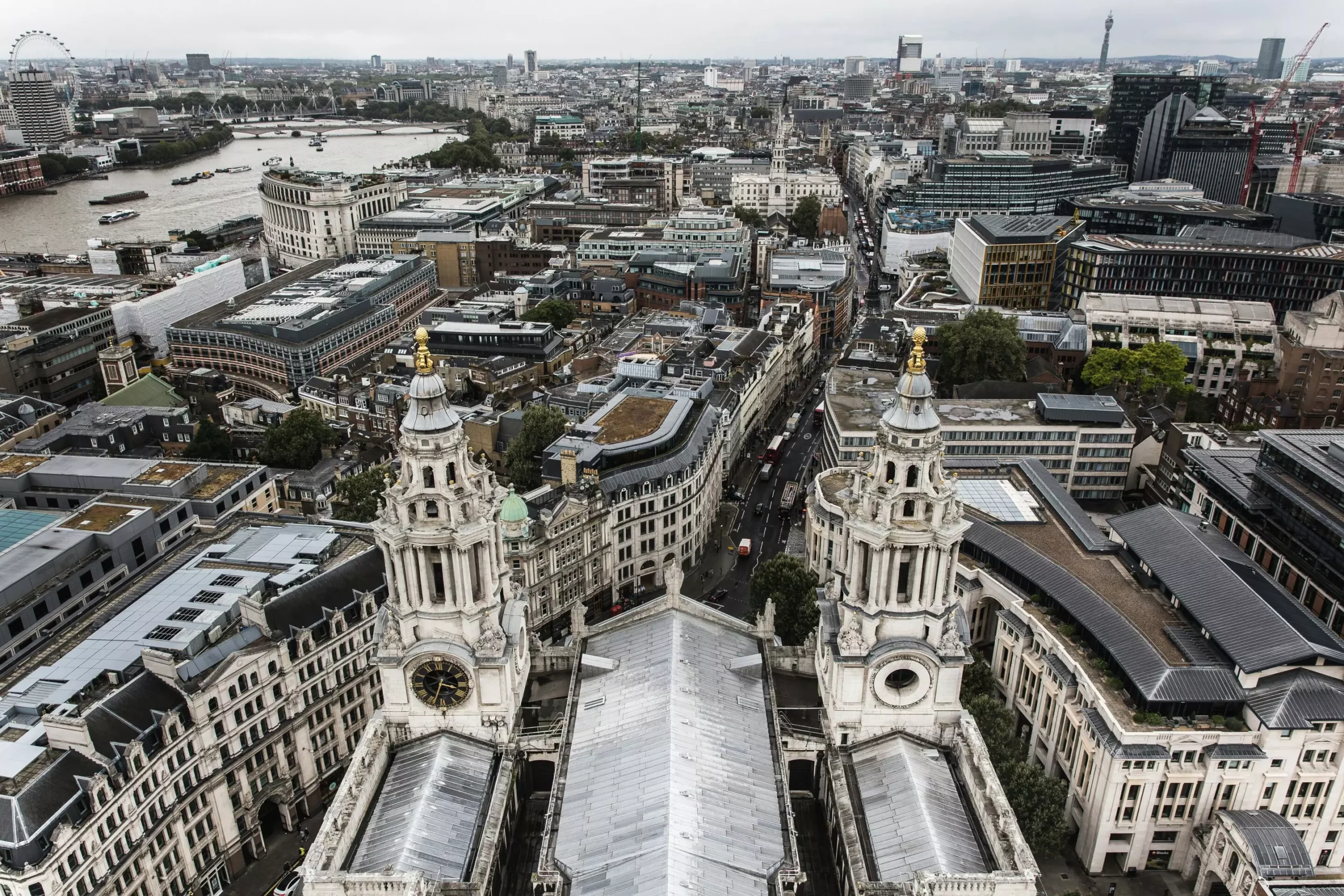With global temperatures on the rise and urbanization accelerating, cities like London are increasingly exposed to the detrimental effects of heat waves. A groundbreaking study conducted by researchers from UCL and the University of Exeter reveals that the implementation of cool roofs and rooftop solar panels could significantly mitigate these adverse effects, potentially saving hundreds of lives during extreme heat events. By exploring the findings of this research, we can better understand the urgent need for innovative urban planning solutions that combat climate change.
Urban areas are notorious for being warmer than their rural counterparts due to the “urban heat island” (UHI) effect, a phenomenon where buildings, roads, and other infrastructure absorb and retain heat. During the summer of 2018, which marked one of the hottest seasons recorded in London, average temperatures soared to about 19.2 degrees Celsius, a startling increase of 1.6 degrees compared to historical averages for that time of year. This intensification of heat not only poses immediate risks to human health but also exacerbates energy consumption and pollution levels.
According to the study published in *Nature Cities*, the installation of cool roofs—typically reflective coatings or light-colored materials—could have cooled London’s overall temperature by approximately 0.8 degrees Celsius. This modest temperature reduction holds monumental implications; it is projected that such a change would have saved around 249 lives—accounting for nearly 32% of the 786 heat-related fatalities reported during that scorching summer. Cool roofs provide a simple yet highly effective strategy to combat urban heat, directly impacting public health and quality of life in densely populated areas.
In addition to the substantial cooling effect of reflective roofs, the study highlights the merits of rooftop solar panels, which could have provided an added temperature reduction of 0.3 degrees Celsius. The researchers estimated that the installation of solar panels could potentially prevent an additional 96 heat-related deaths, further emphasizing their dual role as a lifesaving technology and renewable energy source. Remarkably, during the summer of 2018 alone, these solar installations could have generated approximately 20 terawatt-hours (TWh) of electricity—over half the total energy consumption in London for that year.
The economic impacts of heat-related mortality are staggering. The potential savings from the lives that could have been spared by adopting cool roofs and solar panels are in the hundreds of millions. The study estimates that the 249 lives saved by cool roofs could have reduced London’s economic burden by about £615 million, while the 96 lives saved via solar panels would have alleviated approximately £237 million in associated costs. These figures demonstrate the far-reaching implications of heat intervention strategies not only for public health but also for economic resilience in cities facing climate challenges.
As climate change progresses, the severe weather patterns observed during the 2018 summer are expected to become increasingly commonplace. Urban environments like London, where 83% of the population resides in cities, face particularly heightened risks. Researchers emphasize the pressing need for cities to adopt adaptive strategies. Lead author Dr. Charles Simpson affirms the significance of cool roofs in improving urban living conditions. As climate impacts intensify, innovative urban design—such as the adoption of cool roofs and solar technology—becomes essential to ensuring livable cities.
The findings of this study underline the critical need for cities to explore innovative solutions that proactively address the challenges associated with urban heat. Engaging in initiatives such as implementing cool roofs and promoting rooftop solar installations offers not only a chance to save lives but also an avenue to create sustainable, resilient urban environments. As urban populations grow and climate challenges increase, it is imperative for stakeholders to champion policies that foster such transformative changes. The lessons learned from London’s heat wave should serve as a clarion call for other cities to follow suit in adopting extensive cool roof and solar panel solutions to protect residents and prioritize the well-being of their communities.


Leave a Reply